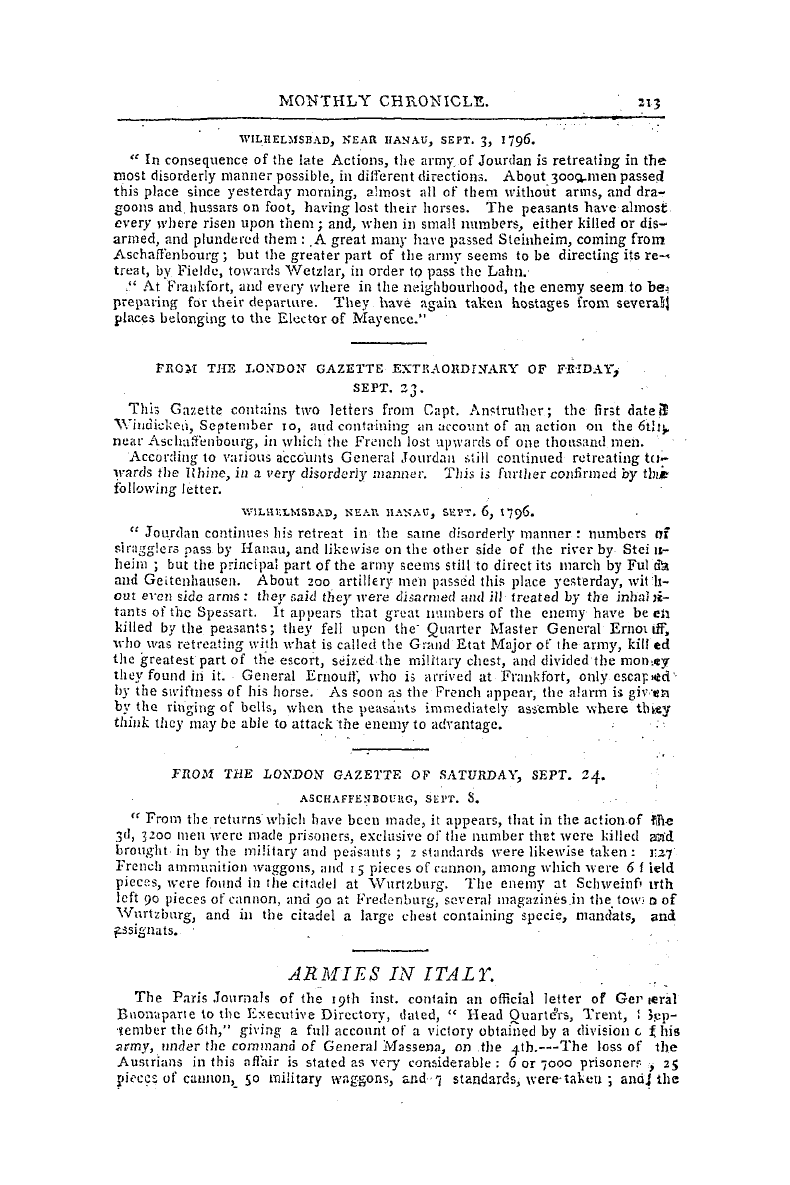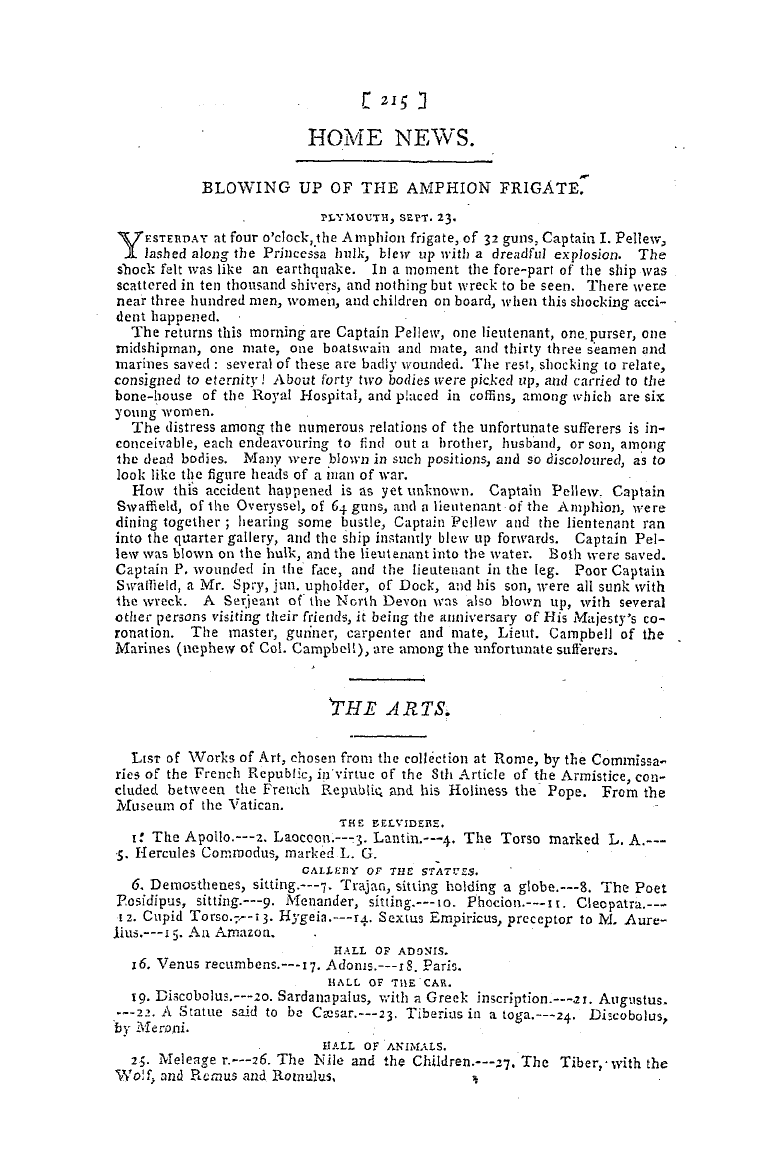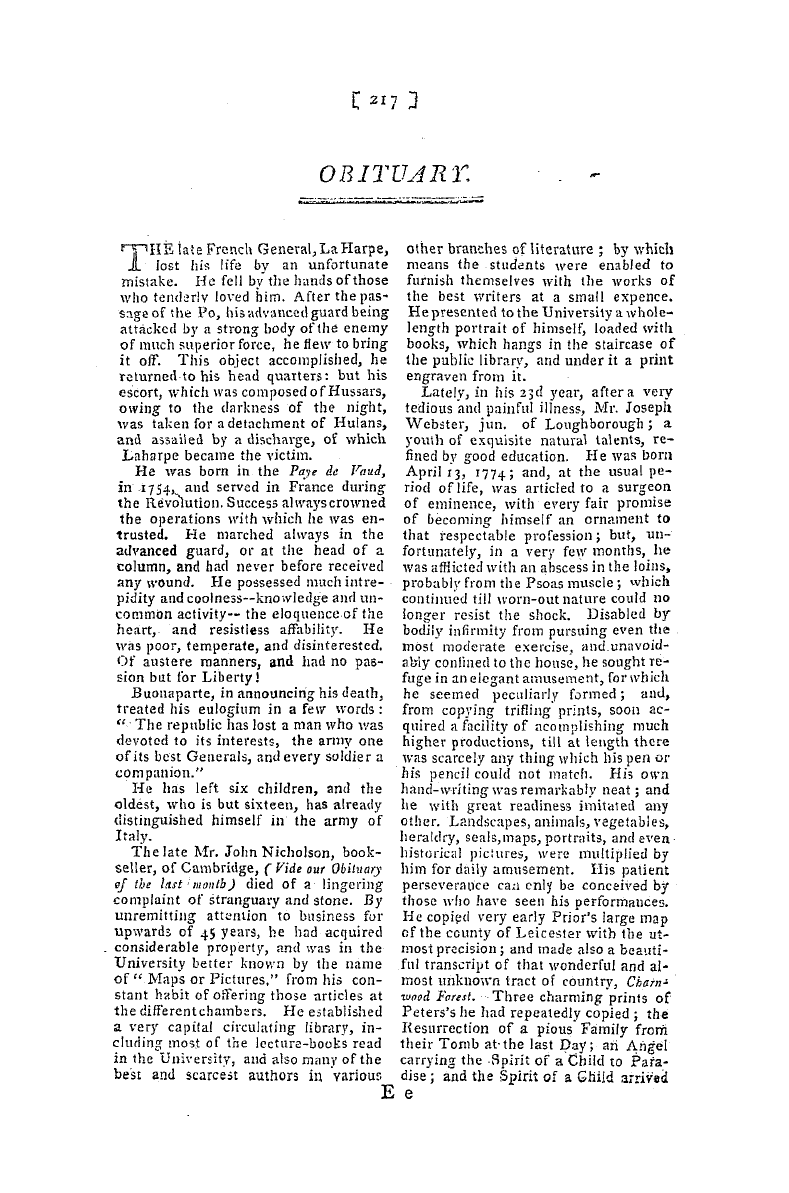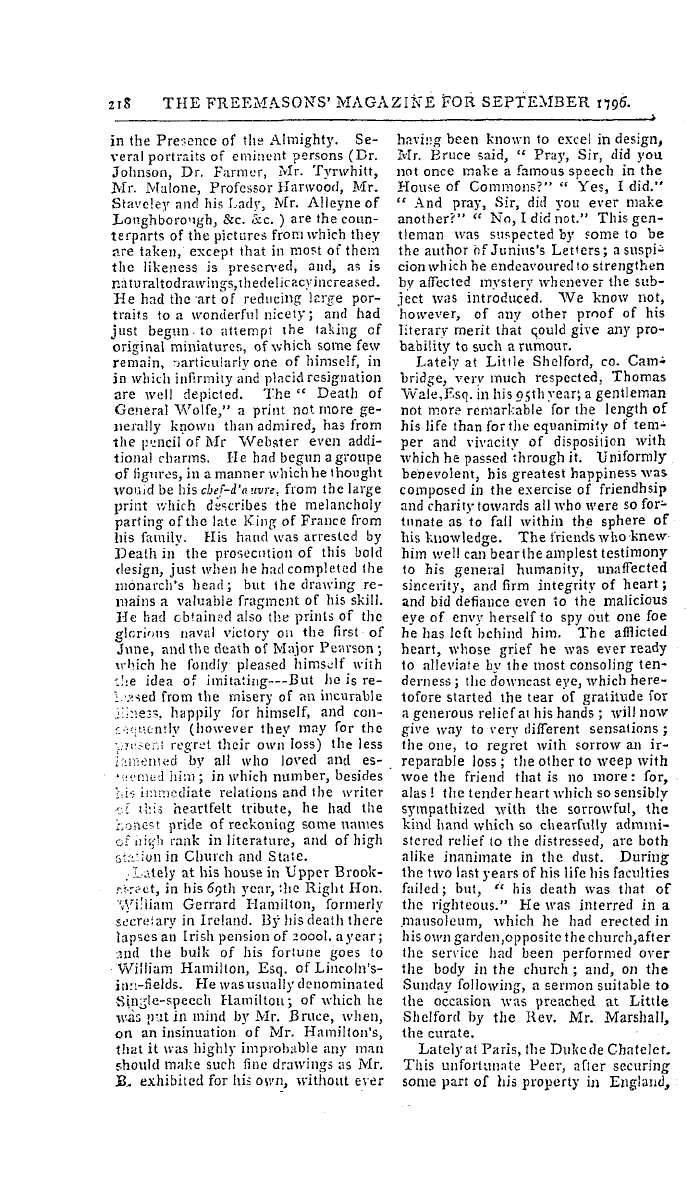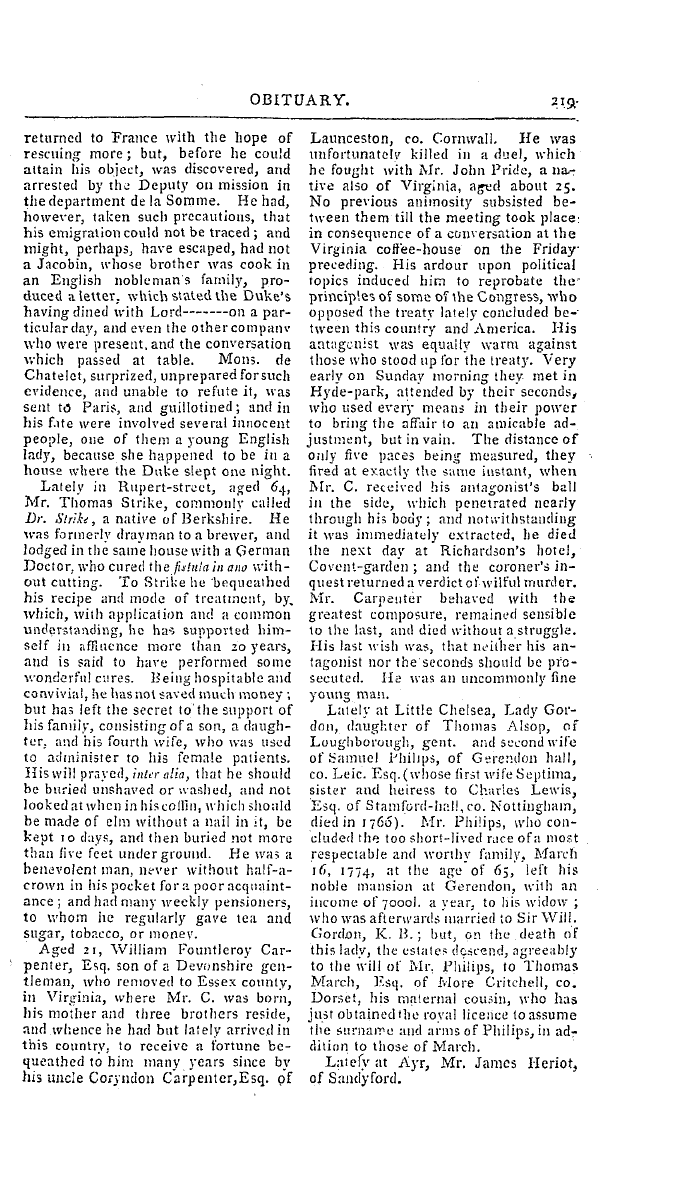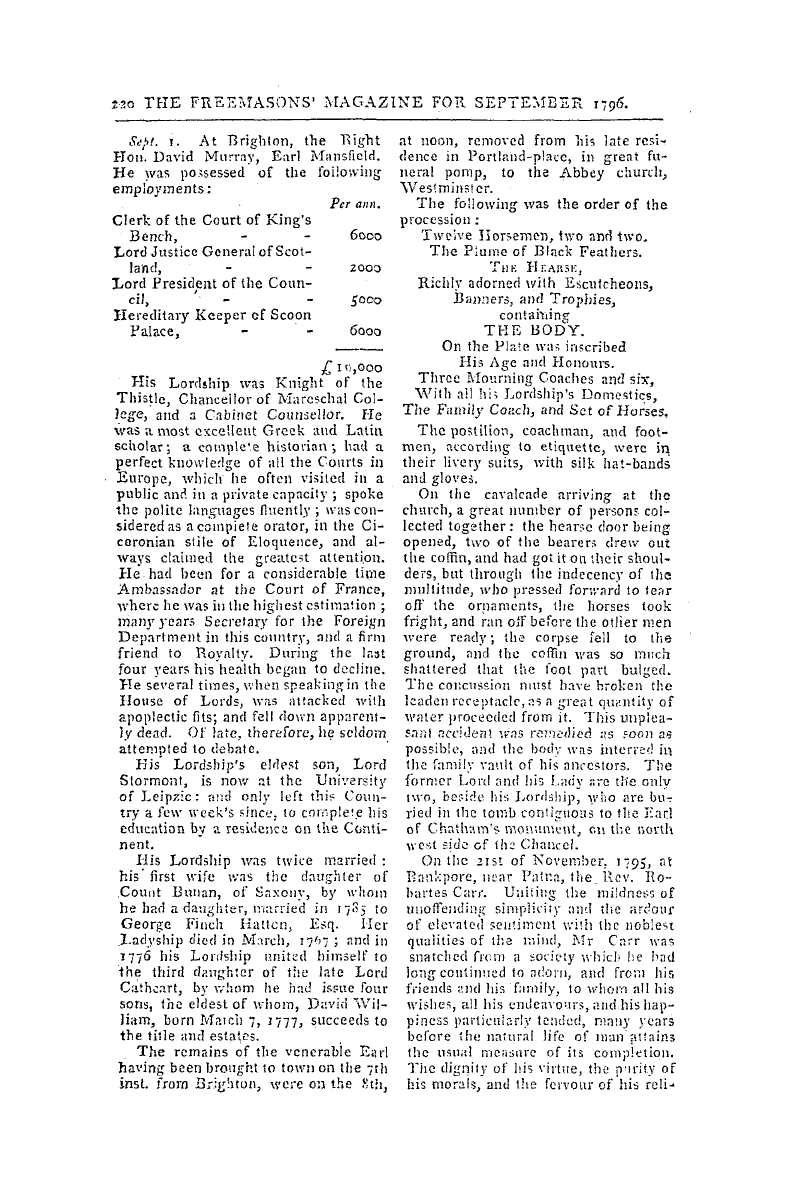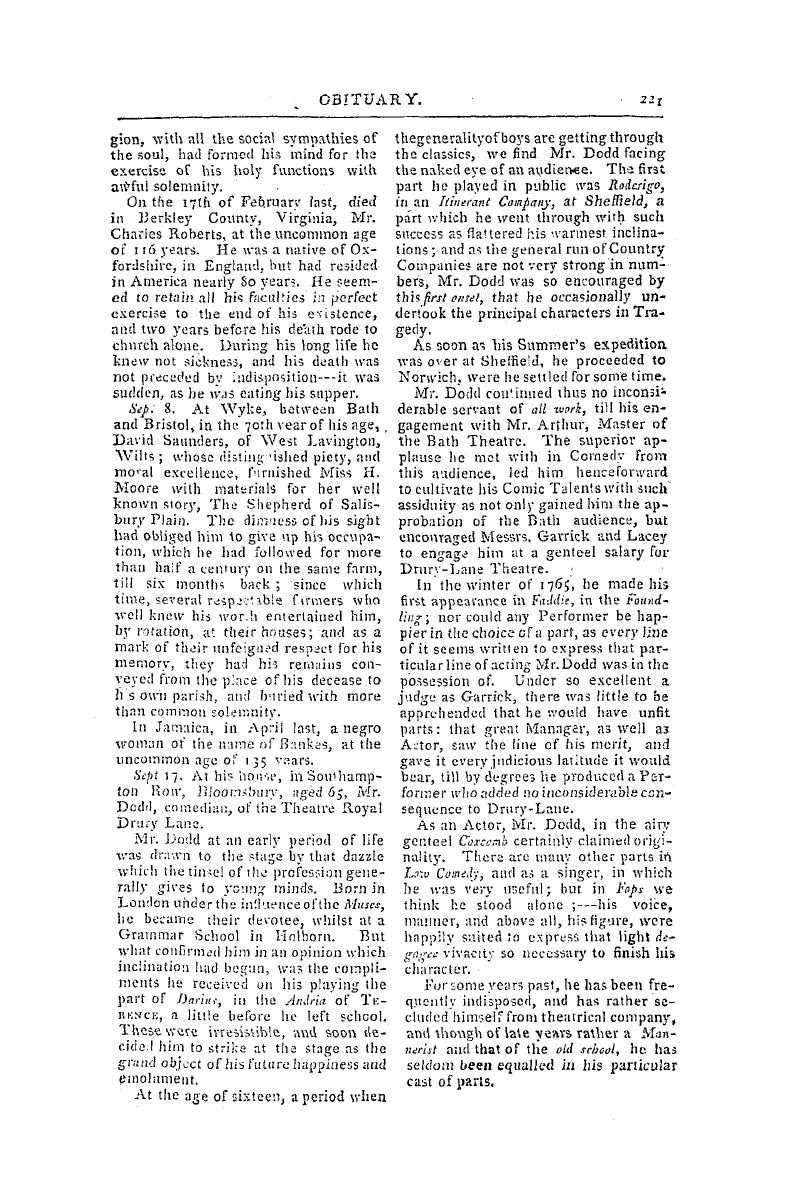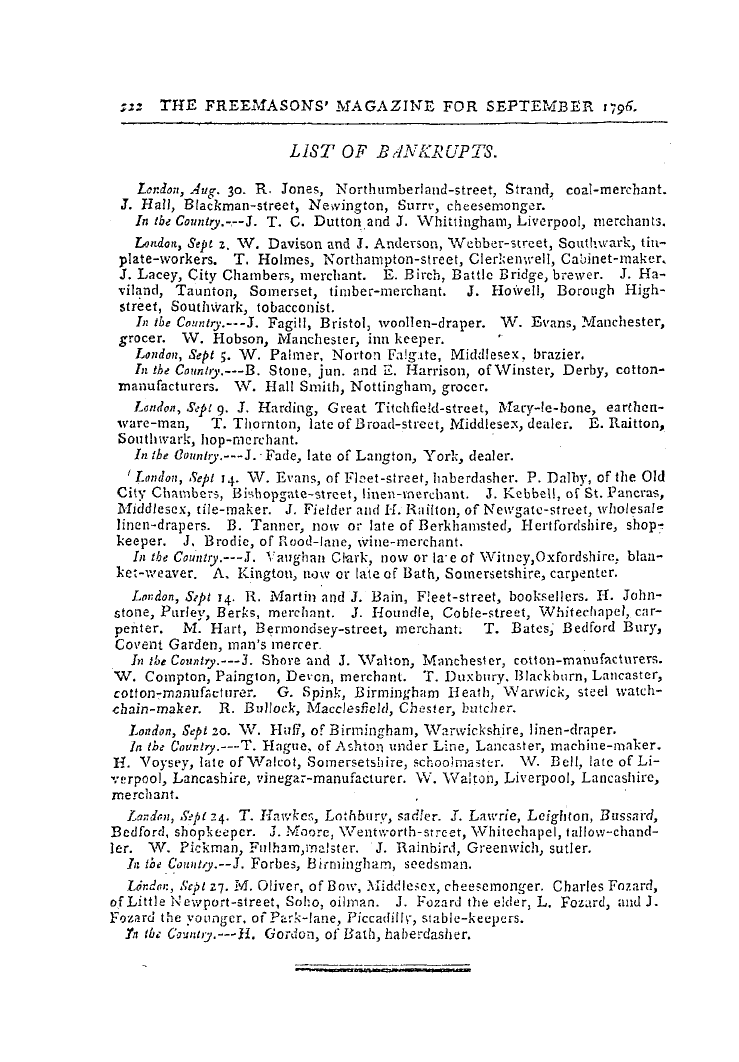Note: This text has been automatically extracted via Optical Character Recognition (OCR) software.
Origin And History Of Promissory Notes And Paper Credit.
ORIGIN AND HISTORY OF PROMISSORY NOTES AND PAPER CREDIT .
HP HE Origin and History of Paper Credit , in a country where it ¦* ¦ it has been carried farther than in aiiy other that history informs us of , must be a subject of importance to the generality of our readers ; we , therefore , enter into the enquiry with a confidence that it will not only amuse , but instruct . The most ancient personal securities used in this country were
either Obligations , now called Bonds , with a penalty and condition ; or Bills , sometimes denominated bills of debt , or bills obligatory . The latter are more immediately to the purpose of our present enquiry . Tliey were single bonds , without either penalty or condition ; but they were equally deeds , requiring to be signed , sealed , and delivered . The sealiiig , as will be seen hereafter , was esteemed one of the . most
necessary parts of a bill . The use of the seal , indeed , was so familiar for man } '' centuries ., that it was applied on other occasions , where no person would now expect it to be affixed ; and it was a common practice . with merchants and tradesmen in London , at the latter end of Queen Elizabeth ' s reign , to hare regular bills of debt , or obligations , inserted in their books by their debtorssignedsealedand delivered .
, , , One of the names of a single bill , that of a bill of debt , by which it was most frequently known , at the close of the sixteenth century , implies an express acknowledgment of the debt to be an essential part of the debt . Accordingly , West , who compiled his SYMBOLEOGRAPHY in the year 1588 , defines a bill , or obligation , to be ' a deed , whereby the Obligor doth acknowledge himself to owe unto the Obligee
a certain sum of money or other thing . In which , ( continues he ) besides the parties' names , are to be considered the sum or things due , and the time , place , and manner-of payment , or delivery , thereof . ' All his precedents have , of course , all the parts required by himself , as well as the clause of sealing . It is true , that a bill obligatory miht be constituted by any words of to create an
oblig power gation to pay , without any acknowledgment of owing ; and it was early so ruled ; but of the real bills , actually put in issue , very few , indeed , will be found before the seventeenth century , that are without a direct admission of the debt .
All bills tnat have been preserved to us at full length , in reports from the Year-books downwards , have some phrase , or word of intra'Suction . The more methodical and technical begin with ' Know all men by these presents , ' < Be it known , ' or ' This bill witnesseth , ' or something to that effect , whether in Latin or English : the looser and less regular are introduced with the word ' Memorandum , ' or some abbreviation of it . This word is to be found at the head of the
Note: This text has been automatically extracted via Optical Character Recognition (OCR) software.
Origin And History Of Promissory Notes And Paper Credit.
ORIGIN AND HISTORY OF PROMISSORY NOTES AND PAPER CREDIT .
HP HE Origin and History of Paper Credit , in a country where it ¦* ¦ it has been carried farther than in aiiy other that history informs us of , must be a subject of importance to the generality of our readers ; we , therefore , enter into the enquiry with a confidence that it will not only amuse , but instruct . The most ancient personal securities used in this country were
either Obligations , now called Bonds , with a penalty and condition ; or Bills , sometimes denominated bills of debt , or bills obligatory . The latter are more immediately to the purpose of our present enquiry . Tliey were single bonds , without either penalty or condition ; but they were equally deeds , requiring to be signed , sealed , and delivered . The sealiiig , as will be seen hereafter , was esteemed one of the . most
necessary parts of a bill . The use of the seal , indeed , was so familiar for man } '' centuries ., that it was applied on other occasions , where no person would now expect it to be affixed ; and it was a common practice . with merchants and tradesmen in London , at the latter end of Queen Elizabeth ' s reign , to hare regular bills of debt , or obligations , inserted in their books by their debtorssignedsealedand delivered .
, , , One of the names of a single bill , that of a bill of debt , by which it was most frequently known , at the close of the sixteenth century , implies an express acknowledgment of the debt to be an essential part of the debt . Accordingly , West , who compiled his SYMBOLEOGRAPHY in the year 1588 , defines a bill , or obligation , to be ' a deed , whereby the Obligor doth acknowledge himself to owe unto the Obligee
a certain sum of money or other thing . In which , ( continues he ) besides the parties' names , are to be considered the sum or things due , and the time , place , and manner-of payment , or delivery , thereof . ' All his precedents have , of course , all the parts required by himself , as well as the clause of sealing . It is true , that a bill obligatory miht be constituted by any words of to create an
oblig power gation to pay , without any acknowledgment of owing ; and it was early so ruled ; but of the real bills , actually put in issue , very few , indeed , will be found before the seventeenth century , that are without a direct admission of the debt .
All bills tnat have been preserved to us at full length , in reports from the Year-books downwards , have some phrase , or word of intra'Suction . The more methodical and technical begin with ' Know all men by these presents , ' < Be it known , ' or ' This bill witnesseth , ' or something to that effect , whether in Latin or English : the looser and less regular are introduced with the word ' Memorandum , ' or some abbreviation of it . This word is to be found at the head of the































































